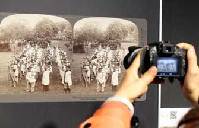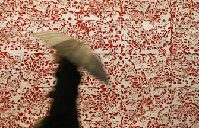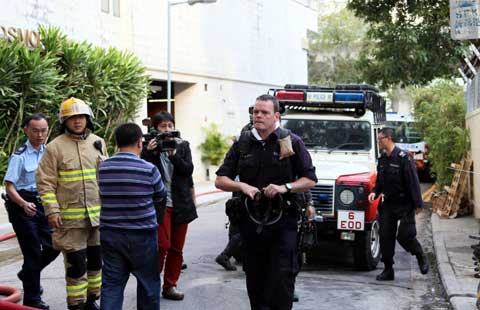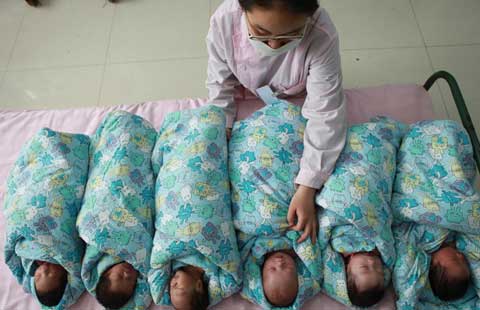Genes in her photos
Updated: 2014-02-07 09:52
By Kelly Chung Dawson (China Daily)
|
|||||||||
Fu eventually returned to the US for a second degree in photography, later graduating as the valedictorian of her class. In 2008, she returned to China on a Fulbright scholarship to apply her training in the construction of pop-up books to the documentation of Chinese minorities.
"I want to bring an awareness of these people, because in America people assume you either speak Cantonese or Mandarin," Fu says. "Americans don't understand how wide a variety of people there is beyond Han. I didn't understand why I was different from other Chinese girls growing up - my hair was wavy, and I had big bones, but all I knew was that I didn't feel the same."
Fu has designed pop-up art and other work for Vogue China, Moet Hennessy Louis Vuitton and Canon Asia; her work is also archived in the Library of Congress.
The books are strikingly colorful. In one scene, young women of Wa descent whip their dark hair in a ritual swinging dance, paying respect to what they believe to be the "divine" beat of a wooden drum.
In another scene, a Dulong woman's tattooed face grins with rotted teeth against the backdrop of a rushing river. Numbering only 4,600 today, the Dulong people reside in the Tibet autonomous region along the border with Myanmar; their women are tattooed to render them unattractive to neighboring tribes. As of 2009, there were only 40 tattooed women left in the tribe.
Fu will travel to Shanghai this year to continue her documentation of ethnic groups, this time with a focus on southwestern China, she says. She hopes to broaden her focus to include migrant workers, pollution and other topics on which she might collaborate with journalists.
Although Fu has faced criticism for potentially exploiting traditional cultures, she believes she has chosen to portray them the way they would hope to be viewed.
"I think they are beautiful people, and I think their festivals are fun, so I hope that's clear in the work," she says.
"I'll leave the political stuff to other people, because although I understand that there's a history of exploiting 'the other', I'm also 'the other'. I'm not interested in showing the struggle of being poor or disenfranchised, because this project was always about me finding something I became proud of - my heritage."
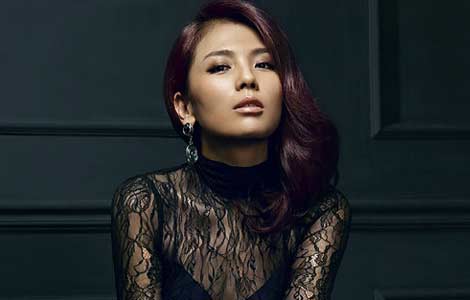
 Gorgeous Liu Tao poses for COSMO magazine
Gorgeous Liu Tao poses for COSMO magazine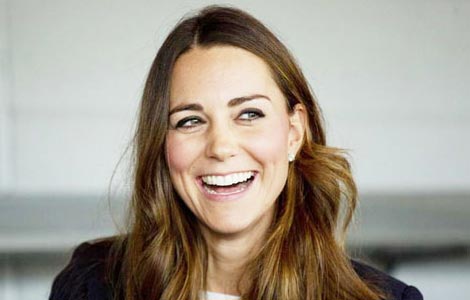
 Post-baby Duchess
Post-baby Duchess
 Victoria Beckham S/S 2014 presented during NYFW
Victoria Beckham S/S 2014 presented during NYFW
 'Despicable' minions upset Depp's 'Lone Ranger' at box office
'Despicable' minions upset Depp's 'Lone Ranger' at box office
 'Taken 2' grabs movie box office crown
'Taken 2' grabs movie box office crown
 Rihanna's 'Diamonds' tops UK pop chart
Rihanna's 'Diamonds' tops UK pop chart
 Fans get look at vintage Rolling Stones
Fans get look at vintage Rolling Stones
 Celebrities attend Power of Women event
Celebrities attend Power of Women event
Most Viewed
Editor's Picks

|
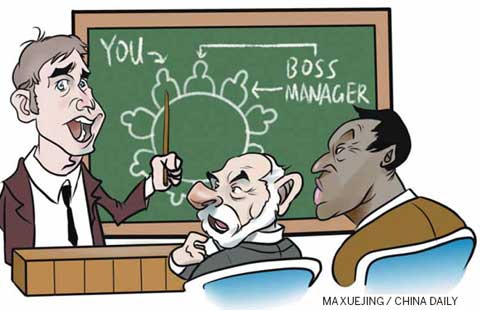
|
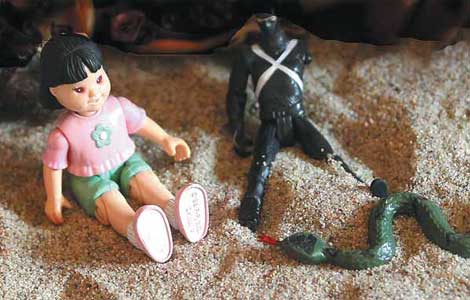
|

|
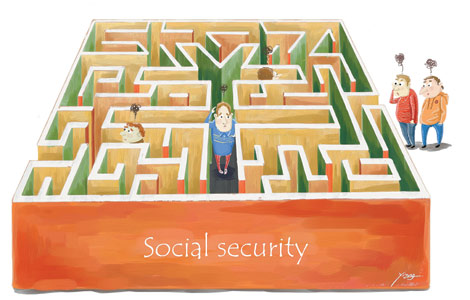
|
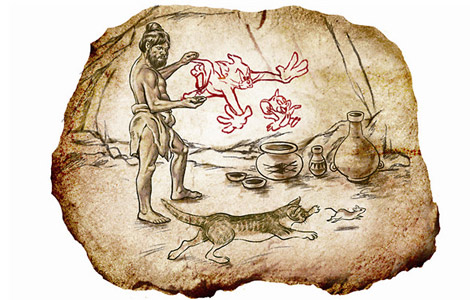
|
Today's Top News
China-US auditing disputes near resolution
Xi attends Sochi Olympic ceremony
China changing the way it drinks
New US envoy 'well-prepared'
Senate confirms Baucus as ambassador to China
History supports maritime claims
Japan to extend 'territorial education'
Shanghai kindergartens to promote local dialect
US Weekly

|

|
